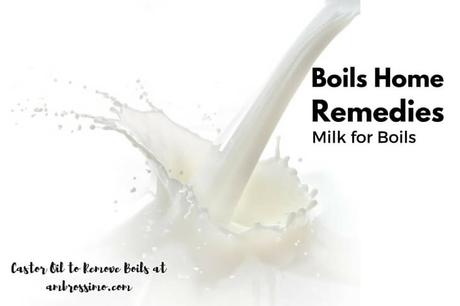What is a Boil?
A boil is an infection that appears on the skin as an abscess that is big and is accompanied by pimples which are hard. There is pus within the boil, in the center. When it first appears, it is tender and red and then the buildup of bacteria, protein and blood cells causes the pus to develop. They are similar to cysts and can appear in places such as the arm, back, face, head and back.
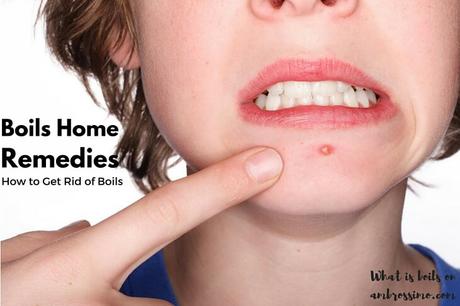
Types of Boils
The furuncle or carbuncle boil forms on a person’s skin due to bacteria that is in the skin due to the presence of Staphylococcus Aureus. In this case, the boil may have multiple openings and may be accompanied by a fever as well as chills. It typically occurs in a hair follicle. Carbuncles are large abscesses that occur in a larger group of hair follicles and cover more area.
Cystic Acne
This is a type of boil that forms due to clogged oil ducts. This can cause an infection deep in the skin, affecting the tissue. It is frequently seen on a person’s face and during puberty years.
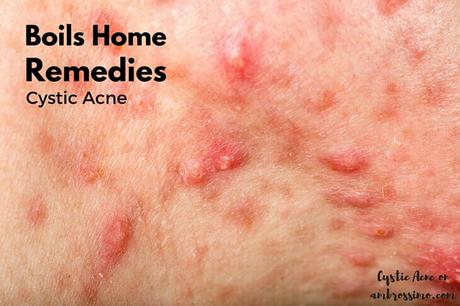
Pilonidal Cyst
Pilonidal cysts commonly appear in the buttocks area, mainly the crease. They occur in the hair follicles of this region. When enlarged, it can be painful and firm, especially when touched and can occur due to extended periods of staying seated.
Armpit Boils
Armpit boils are known as Hidradenitis Suppurativa and are a condition in which several abscesses form in the armpits. They can also occur in the groin area. These are difficult to get rid of with home treatment and one of the options is surgery to remove them. In this case, the sweat glands that are affected are removed.
What Causes Boils?
Boils can occur due to various reasons and some people are more prone than others. One of the most common causes is bacteria by the name of Staphylococcus Aureus. This type of infection can commonly cause boils or abscesses to make an appearance and worsen fast. The bacteria can enter the skin through small holes in the skin or from the hair follicle.
Other causes of boils include diabetes, not having a healthy diet, improper hygiene, chemicals used on the skin such as over-the-counter lotions, and an unhealthy immune system.
Symptoms of Boils
Since there are various types of boils, the symptoms will vary depending on the type you have. Some of the most common symptoms include:
- You may experience itchiness in the affected area. Along with this, you may also see redness, irritation and pain.
- Another symptom of boils is swelling. You may feel a bump and then it may fill with pus. If the pus is removed, it can be contagious, so you must take care when handling an abscess or boil.
- After the pus is removed or flows out on its own, the boil will dry and disappear. If you have a carbuncle, they are deep within the skin and may scar or leave a pit. See a doctor if you have a carbuncle.
- Sometimes, boils can recur. This is very common amongst people who are not in good health or have immune system problems. Some illnesses may cause boils to recur and sometimes, they can be very painful. They may stay on the skin for a long period of time if a head is not formed.
Boil Treatment
Boils can be treated at home since they are not serious in nature, but they are uncomfortable. Treatment is important at the first sign of a boil, so there aren’t any negative consequences further down the line. If you treat a boil at home, make sure you keep your hands clean after it is handled to prevent boils from spreading to other areas.
Home Remedy for Boils
Warm Compress: How to Get Rid of Boils
The most popular home remedy for boils is a warm compress. This will soften the boil and allow it to burst. You can also add salt to the solution to bring the boil head up. This is an easy method of how to get rid of a boil fast.
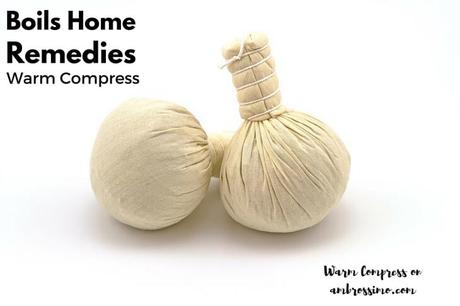
For this remedy, you will need one gallon of water (4 liters), one teaspoon of salt which is optional, a clean wash cloth, gentle cleanser and warm rinsing water. The first step is to clean the area with a gentle cleanser and rinse it off with warm water. In a separate container, add the gallon of water and the salt. Dissolve the salt and dip the wash cloth in this solution. Apply the washcloth to the boil and let it stay on anywhere from ten to fifteen minutes. Keep doing this three to four times daily, using a fresh and clean wash cloth each time.
How to Get Rid of Boils with Tea Tree Oil
Tea tree oil is known for killing fungus and microbes that can cause an infection. It is commonly used for skin ailments because it is a natural antibiotic. Clean the area with a mild skin cleanser and rinse it off with warm water. Then rub some tea tree oil on the affected area. If your skin is not sensitive, then it does not need to be diluted, but if you have sensitive skin that gets irritated easily, then dilution with an essential oil is recommended or just water. Cover the boil with a bandage. Perform this two to three times daily, practicing good hygiene after you are done.
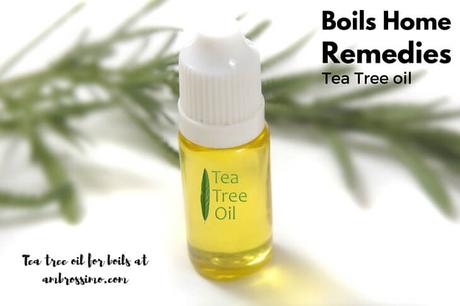
Neem for Abscess Removal
Neem is very popular for its skin benefits and can be used for many skin problems, including boils and acne. It can reduce swelling, kill bacteria and act as a guard against ulcers. Though the entire plant is beneficial, the leaves are typically used on the skin. The antioxidant properties of Neem can remove skin toxins. Because of the skin benefits, it is an ideal boil treatment.
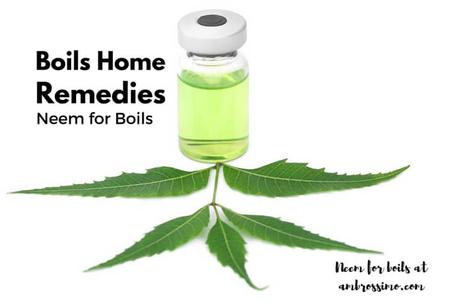
You will need a handful of Neem leaves and some water. You will need to make a paste of the two ingredients to apply on the boil. Apply the Neem paste to the boil and let it stay on for a short period of time. Keep doing this three to four times daily.
How to Get Rid of Boils with Onions
Onions contain many beneficial vitamins and minerals such as flavonoids and potassium. The nutrients have the ability to reduce inflammation, act as analgesics, antifungals and also as antiseptics. Toxins are removed from your body to reduce the possibility of infection. It is good for boils because it improves blood circulation and allows the blood to flow to the boil and remove the pus from it. To use this remedy, you will need a few slices of onion. Put them on the boil and place a bandage on it to allow it to stay on. Do this every few hours with new onion slices each time as this will bring out the head of the boil.
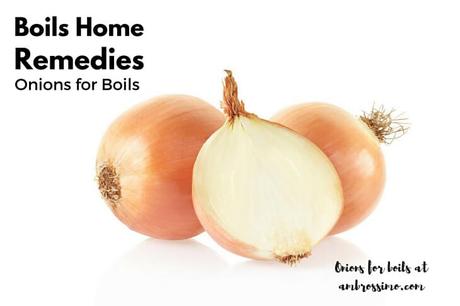
Garlic to Remove Boils
Garlic is high in nutrients and just like onion, it can reduce inflammation, kill bacteria and also act as an antiviral agent. Since a boil is an infection that causes swelling, it is the perfect home remedy for boils. You will need three garlic cloves made into a paste with some water. Put this on the boil and cover it with a wash cloth. Let it sit on the boil for ten to fifteen minutes and do this three or four times daily using new garlic and wash cloth each time. You can also eat garlic for internal benefits and add on power applying it externally, as well.
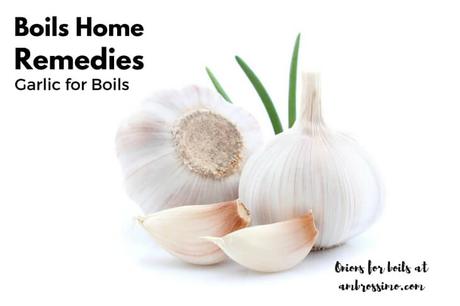
How to Get Rid of Boils with Potatoes
There are many nutrients in potatoes such as Vitamin B and C, calcium, potassium, magnesium and more. This has been used for many generations to treat various health problems including boils and other skin ailments. Potatoes can remove boils since they are antiviral agents and they can work as an antiseptic. Swelling is reduced when this natural remedy to remove boils is used. Simply slice some potato thinly and set the slices on the boil. Use a bandage to keep the potato in place. You can also use the juice that is generated by grating the potato. Apply this to the boil using a cotton ball. Both methods should be done 4 or 5 times daily. Use new potato each time and the method choice is yours. You don’t need both at the same time.
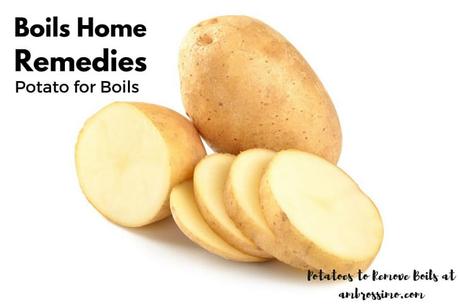
Epsom Salt – How to Get Rid of a Boil Fast
To get rid of a boil fast, Epsom salt is one of the best remedies. It can decrease inflammation and decrease pain associated with this ailment. Epsom salt can also remove toxins from your skin. You can soak in a tub with water and two cups of Epsom salt. If the boil is in another area that cannot be soaked in a tub, you can combine two cups of water with 1 teaspoon of Epsom salt. Then apply this mixture with a cotton ball or clean washcloth. Repeat the second method a few times daily until the boil disappears. You can take an Epsom salt bath daily as well.
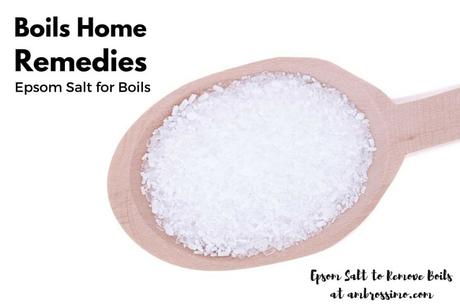
Black Seed Oil
Black seeds have high nutritional value and can be used to treat many illnesses. The oil can eliminate infections and also improve your immune system health. In addition, it can also be used as an antifungal agent, which is why it is used for boils. You will need half teaspoon of the oil mixed with any juice or tea. Drink this mixture two times every day until the boils are gone.
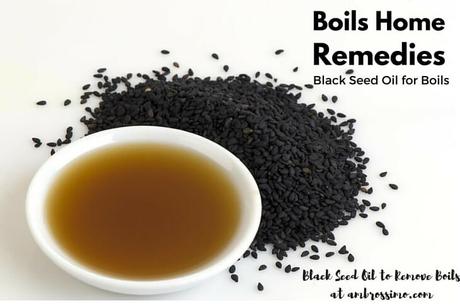
Echinacea Tea Home Remedy for Boils
Studies have shown that Echinacea has the ability to fight viruses, kill bacteria, fight tumors and also stimulate the immune system. This home remedy can also treat wounds and promote healing. Echinacea can stop the Staphylococcus bacteria known to cause boils. With the main cause gone, your boils will disappear too. To use the tea, you will need one teaspoon of Echinacea and one cup of hot water. Put the Echinacea in a cup or pot and then add the hot water over it. This needs to sit for at least ten minutes. Drink the tea twice every day.
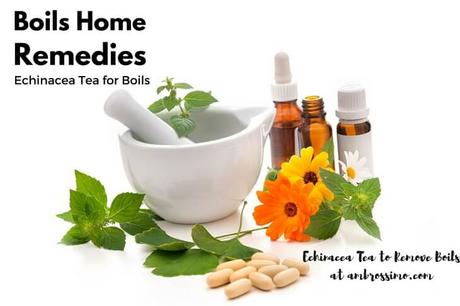
Turmeric Home Remedy for Boils
Turmeric is a very strong spice that can reduce inflammation. It is a good method how to get rid of boils fast since if you use it, and the boil will be gone in approximately 3 days. You can consume it as a beverage or you can apply turmeric topically on the boil. Turmeric is also used as a pain reliever in Asia and China. For this remedy, you can add one teaspoon of turmeric to one cup of warm water or any other drink you like. Drink this concoction three times daily. To apply it topically, mix turmeric and water to create a paste. Apply it to the boil and then cover it with a bandage or medical gauze.
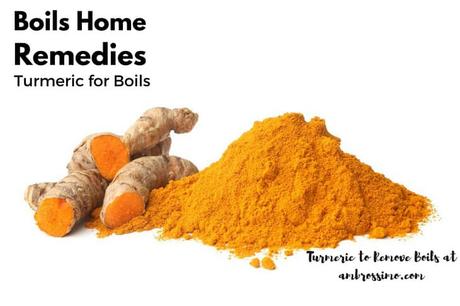
Remove Boils with Castor Oil
Castor oil is well known item for the treatment of many ailments. Some of the benefits include reduction of inflammation, killing of viruses and bacteria, removing infections and also reducing pain. It also has the ability to improve your immune system if it is consumed internally. You can also apply it topically to get rid of a boil. Put some castor oil on a cotton ball and place it on the boil. Then put a bandage or medical gauze on it to keep it in place. You can leave this on overnight or leave it on for a while.
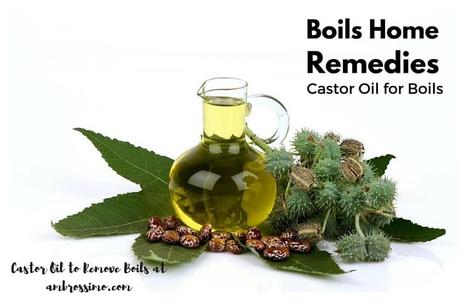
Milk for Boils
Milk has long been used to treat skin problems, especially boils. You will need to heat up one cup of milk and combine it with 3 teaspoons of salt. Make sure it is mixed thoroughly and if you want the mixture thick, you can mix in items such as bread. Put this on the boil and leave it on. Repeat this method a few times daily.
